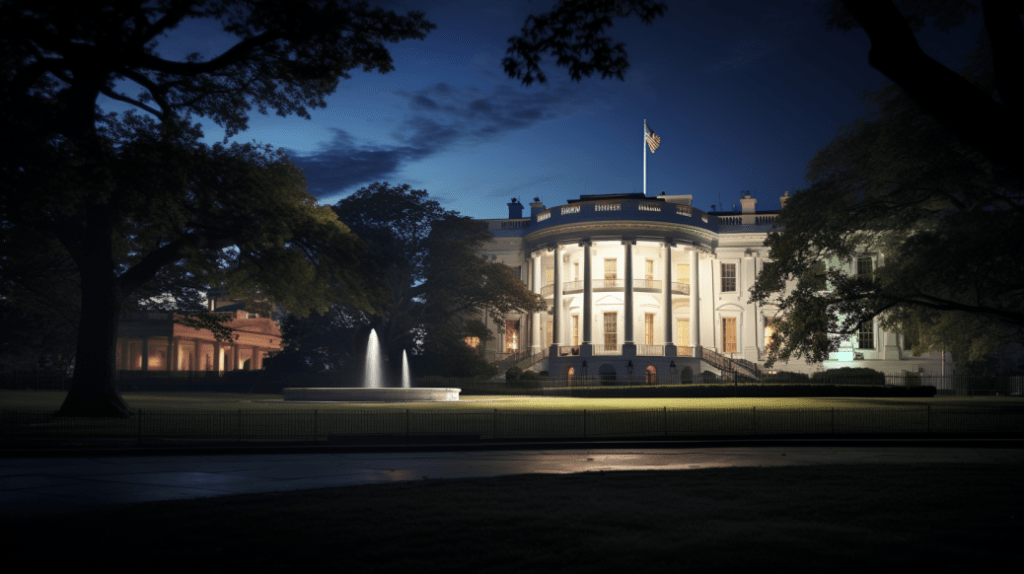On This Day, October 13, 1792, a significant moment in the architectural and political history of the United States occurred with the laying of the cornerstone for the White House in Washington, D.C. This event marked the beginning of the construction of the official residence and workplace of the President of the United States.
The decision to build the White House was part of the establishment of a new federal city that would serve as the nation’s capital. Irish-born architect James Hoban’s design was chosen in a competition, and the construction began with the laying of the cornerstone. The location and construction of the White House were in accordance with the plans of city planner Pierre L’Enfant, who envisioned a grand presidential mansion with public access.
In 1800, President John Adams became the first President to reside in the executive mansion, which was still under construction at the time. The building, initially referred to as the “Presidential Mansion” or “President’s House,” soon came to be known as the “White House.” This nickname, later officially adopted, was derived from the white-gray Virginia freestone used in its construction.
Over the years, the White House has undergone various modifications and renovations, but it has continuously served as the residence of U.S. Presidents. It stands not only as an important symbol of the American presidency but also as a witness to significant events in the nation’s history. The White House is a powerful symbol of American government and democracy, recognized around the world.
